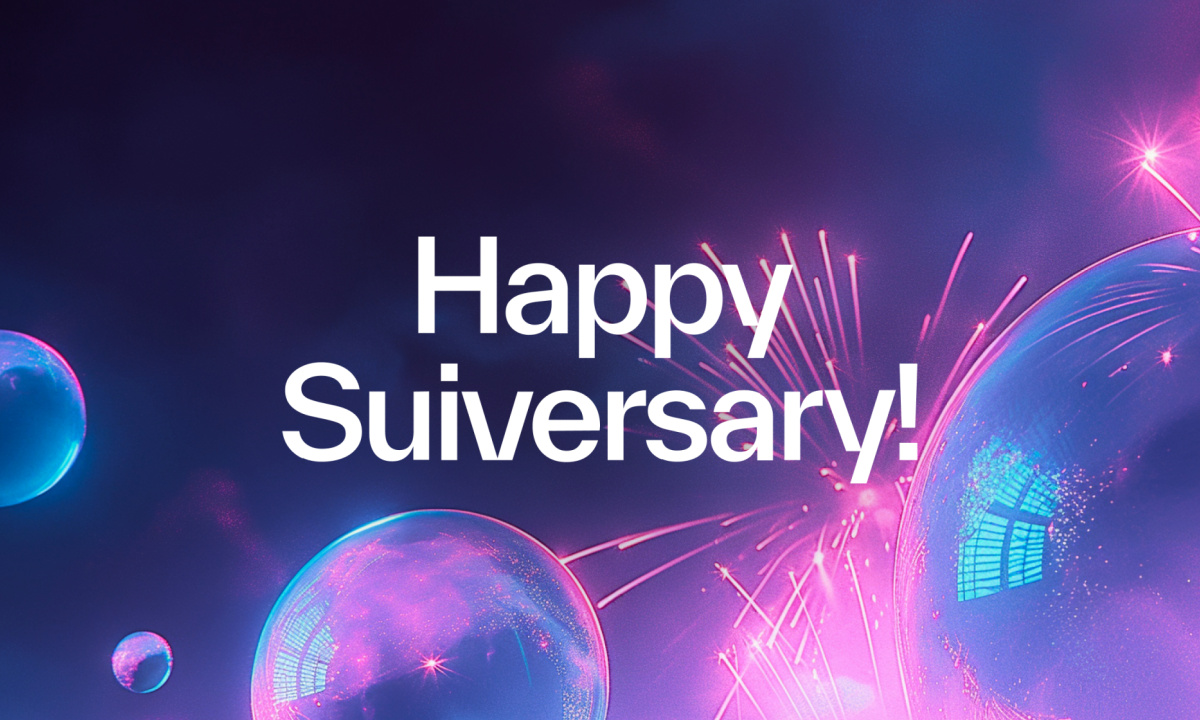TomoChain Partners with Pastel Network to Integrate Pastel’s Sense and Cascade Protocols
TomoChain will be integrating Pastel’s Sense and Cascade protocol across its native NFT standard. This partnership signifies a massive step forward for the NFT ecosystem.
What Are Pastel Network and TomoChain?
Pastel is the first fully decentralized, purpose-built platform for creating, validating, and trading provably rare digital assets. By digital assets, Pastel refers to a cryptographically secured, digital collectable made similar to how a traditional artist might produce a set number of limited-edition physical prints.
TomoChain is an innovative solution to the scalability problem with the Ethereum blockchain and other current blockchain platforms. TomoChain relies on a system of 150 Masternodes with Proof of Stake Voting (POSV) consensus that can support near-zero fees and a 2-second transaction confirmation time. Security, stability and chain finality are guaranteed via novel techniques such as double validation, staking via smart contracts and “true” randomization processes.
TomoChain supports all EVM-compatible smart contracts, protocols, and atomic cross-chain token transfers. New scaling techniques such as sharding, EVM parallelization, private-chain generation, and hardware integration will be continuously researched and incorporated into TomoChain’s Masternode architecture, an ideal scalable smart-contract public blockchain for decentralized apps, token issuances and token integration for small and big businesses.
About This Partnership
TomoChain has developed an NFT token standard — TRC721 — on the TomoChain network, expanding the possibilities for NFT platforms. One of these platforms built on the TomoChain blockchain is Pantograph, which allows users to digitize audio, video, and still, images into NFTs, create NFTs without coding, buy, sell and auction NFTs, create communities on the platform, trade NFTs, and manage NFT assets.
Through TomoChain’s integration with Pastel, NFT platforms built on the former will be able to leverage Pastel’s Sense and Cascade protocols to provide native storage and the duplicate-detection verification system to their users.
*Sense is a lightweight protocol on the Pastel Network, built to assess the relative rareness of a given NFT against near-duplicate data. Sense can recognize even the most subtle similarities between two digital collectables, even if one has been transformed. The protocol goes beyond the standard “digital fingerprint” approach to establishing the rareness of an NFT and looks at the rareness of the pixel patterns in data. While digital fingerprints allow users to verify that a particular creator created an NFT, this is a relatively weak form of rareness. Sense solves this problem by assigning a ‘Relative Rareness Score’ to quantify how rare an NFT is relative to all NFTs in the underlying dataset.
Sense leverages several deep learning models using Tensorflow with Keras Applications to transform each NFT into a fixed list of over 10,000 numbers (the ‘NFT fingerprint vector’). It then assesses the correlation between a given fingerprint and the database of all existing fingerprints on Pastel and TomoChain’s platform, other NFT marketplaces (e.g., Rarible, OpenSea), and open databases on the entire internet (e.g., Google). It outputs a relative rareness score — a number between 0% (i.e., the NFT is identical to a previously registered NFT) to 100% (i.e., the NFT is unique). Sense “sees through” superficial changes in the same way as a human eye and, as a human, can recognize even the most subtle change in an NFT.
*Cascade, on the other hand, is a distributed storage protocol purpose-built for NFT metadata in a fully redundant, decentralized, and permanent manner. Pastel is the first NFT platform to have its own completely integrated, decentralized storage layer based on the advanced technologies of RaptorQ and Kademlia.
By leveraging the RaptorQ fountain code algorithm, Cascade begins by breaking each asset into a series of redundant chunks. Every chunk contains specific random fragments of the combined file, distributed redundantly across participating SuperNodes running on the network. Two parameters control how the data is encoded into chunks: 1) the size of each chunk and 2) desired redundancy factor. The sets of chunks are then randomly distributed across network nodes using Kademlia. There is no complex or centralized system for deciding which node is responsible for which chunk, no iteration through SuperNodes to find one with the relevant chunk, and no complicated logic for handling chunk re-allocation when SuperNodes enter and leave the network.
These first-of-their-kind protocols combat the most challenging issues that every organization and individual is experiencing across the NFT ecosystem. TomoChain saw the need for next-generation solutions to help support its network and platforms. This partnership with TomoChain is a prime showcase for what Pastel can offer to the entire space.
“The partnership with Pastel Network is a welcoming one, as it aligns greatly with our development value at TomoChain. Not only that, but this integration with Pastel Network will also provide a rich layer for users to have a deeper understanding of ownership, value, and scarcity, especially within the NFT Space,” said Long Vuong, Founder and CEO of TomoChain. “We are excited to see this collaborative effort take off in the near future.”
Across the industry, digital asset security and reliability have become the primary issues plaguing organizations. Scams and frauds are rampant, while centralized storage shows weaknesses and vulnerabilities. All layer 1 Blockchains and layer 2 Dapps are experiencing these roadblocks and searching for solutions, and Pastel provides them.
With Pastel’s Sense and Cascade protocols, organizations can prove authentication and certify the rareness of NFTs while having access to permanent and reliable storage.
“TomoChain provides robust NFT infrastructure, encouraging developers to take advantage of their versatility and adaptability,” said Anthony Georgiades, Co-Founder of Pastel. “Pastel is eager to collaborate with TomoChain to provide all NFT projects housed in the ecosystem to take advantage of our unique protocols, crucial to the long term sustainability and success of the NFT space.”
Join CoinCu Telegram to keep track of news: https://t.me/coincunews
Follow CoinCu Youtube Channel | Follow CoinCu Facebook page
Hazel
CoinCu News




















